CHIKUNI PARISH HOMEBASED CARE PROJECT UPDATE
Project: Upliftment of Youth to Eradicate Poverty
Part of AJAN contribution towards UAPs number three; ‘Journeying with the Youth’, besides the AHAPPY program is through Youth-led Initiatives. For the year 2022-2023, AJAN rolled out a Youth for Youth (Y4Y) project that was carried out in 15 Centers. Each centre, with central participation of the young people, conceptualized activities designed to addressed the urgent needs of the reality of their youth.
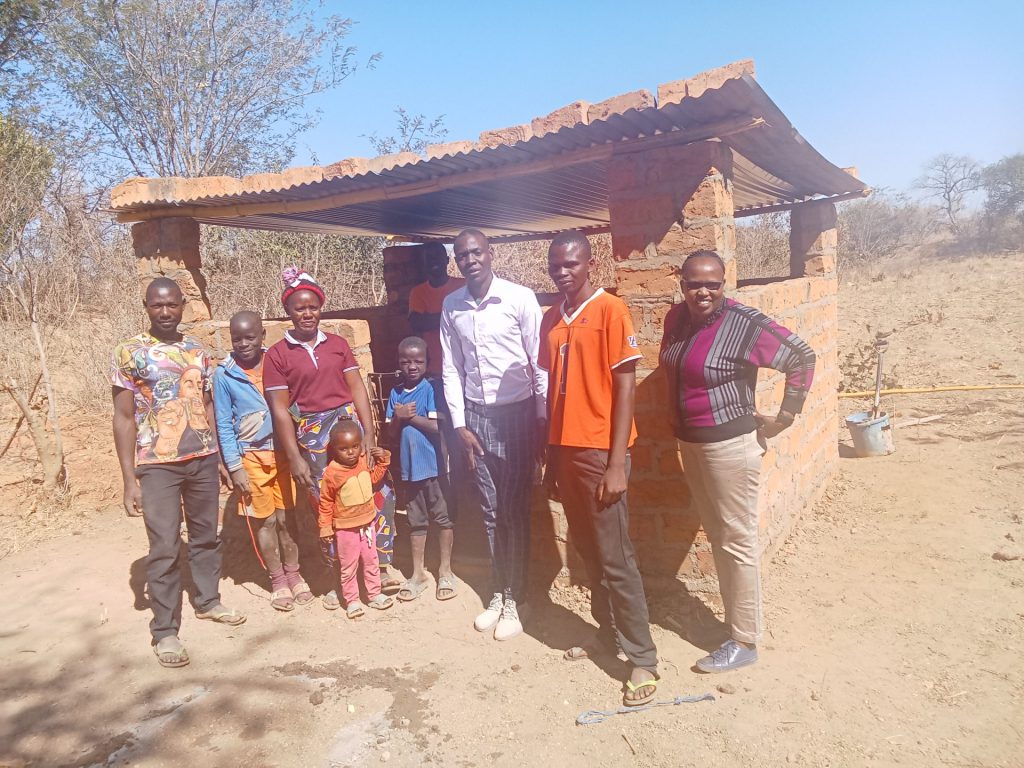
The conceptualization of CHBC project was centered around addressing poverty among the young people they serve. The young people settled on the project “Upliftment of Youth to Eradicate Poverty.” The core activity was pig rearing. Youth from 16 mass centres under Chikuni mission, partook in the pilot project.
It is on this backdrop that, Ms. Pascalia took the opportunity to visit the ongoing Y4Y project in Chikuni as part of secretariats, role of monitoring, prior to the start of the training.
The pig rearing project
The Goal of the project is to enable the youth opportunity to tap into income generating, particularly targeting the unemployed youth. The project seeks to respond to Zambia’s goal to eradicate poverty and increase and stabilize incomes among young people.
The visit was to monitor the evolution of the activities in line with the project plan. By the time of the visit, much of the background layout and preparation; such as identification and selection of first beneficiaries, intensive training on best practices of pig rearing etc. had been completed. After that initials foundation, selected beneficiaries were expected to construct piggeries as per the provided specifications and standards. According to the activity plan, the project was at the second phase, that of the construction of piggeries by the beneficiaries. The visit coincided with this phase. A visit was done for six beneficiaries spread across various sectors of the community.
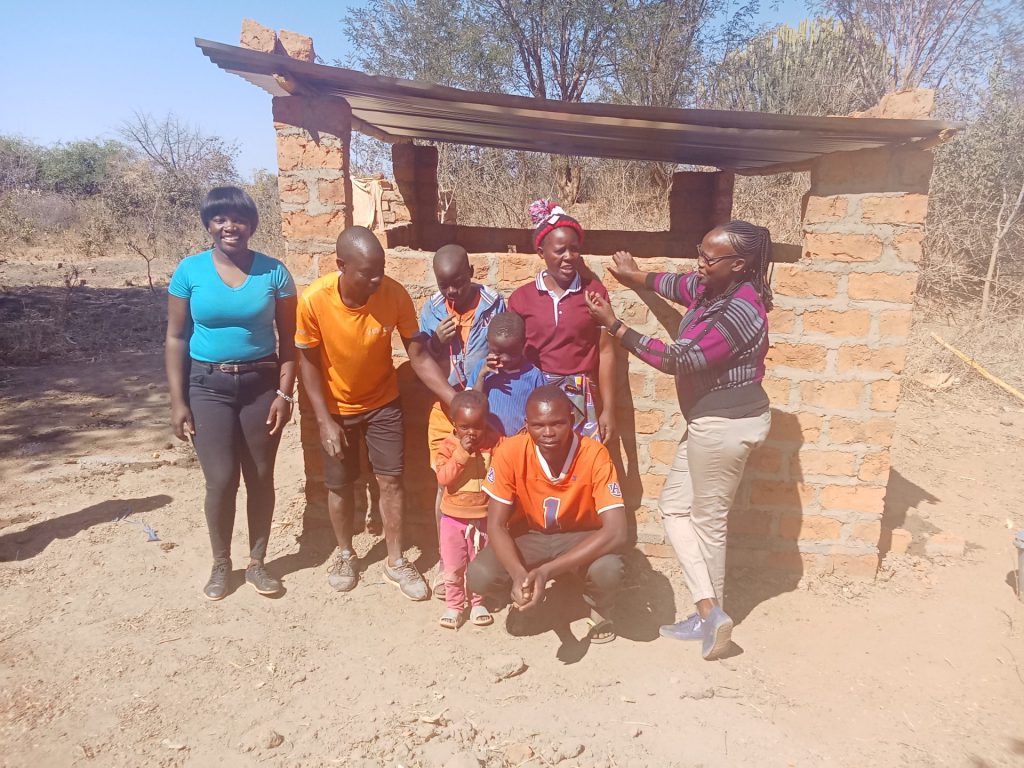
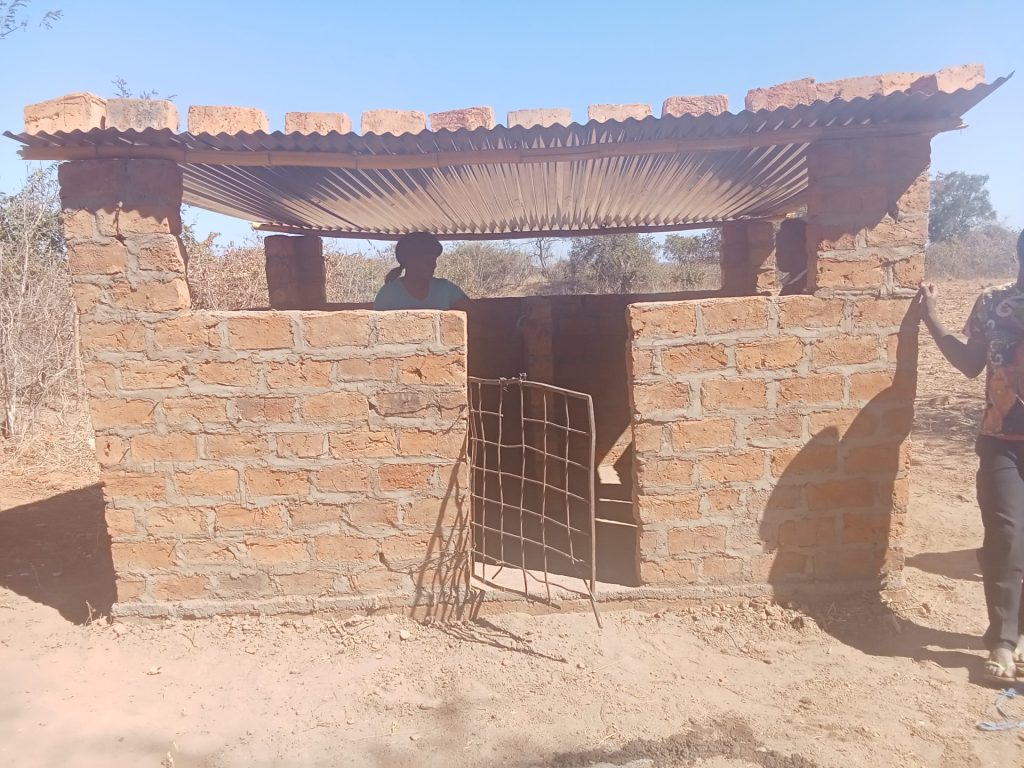
Ms. Pascalia Sergon, AJAN Capacity Building Officer gets to visit and interact with some of the beneficiaries of the pig rearing project in Chikuni, Zambia
The general observation was that all the 6 beneficiaries have piggeries constructed, but at various levels of completion. Majority were at the level of roofing. The structures were made of bricks, roofed with iron sheets. Each had various compartments meant for feeding, littering etc. The coordinator of the project, Ms. Catherine Milimo confirmed that all of them met the specifications as instructed during the training.
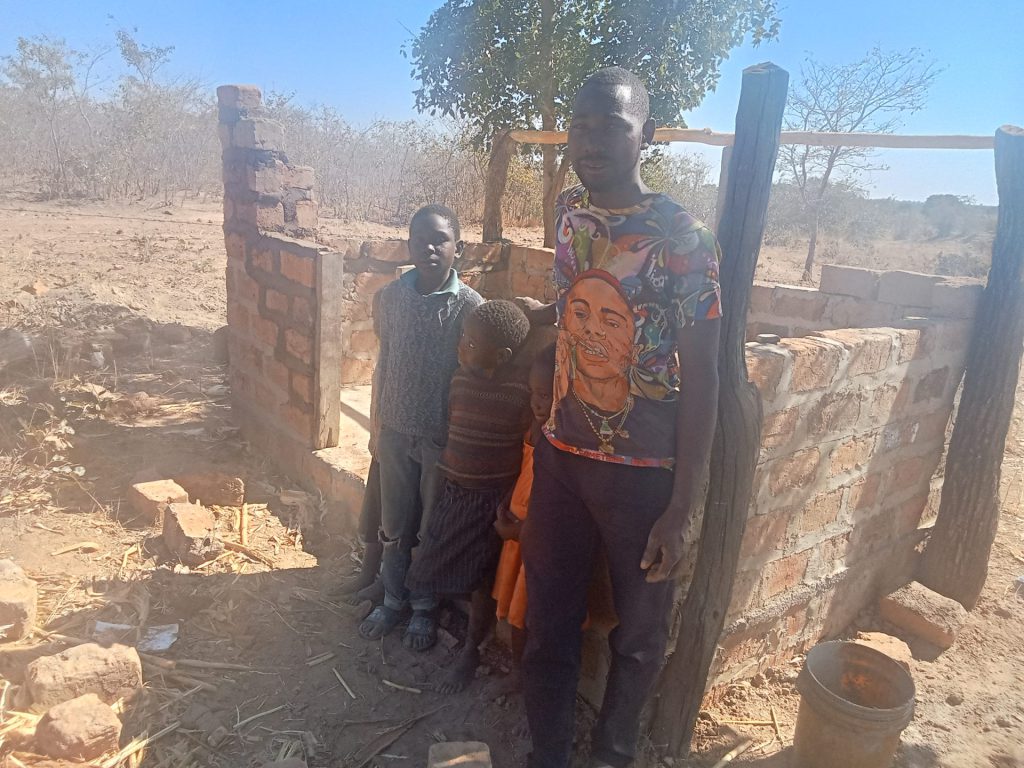
It was explained by Ms. Milomo that in principal, the construction of the piggeries was self-sponsored by the beneficiaries themselves, as part of their contribution to the project. The CHBC will only aid a beneficiary in very extreme case of need, but in general they are expected to see to it that they find locally available means to have the piggery. That is one of the conditions for the beneficiaries. This approach is plausible because it creates in the beneficiaries a sense of ownership, responsibility and accountability.
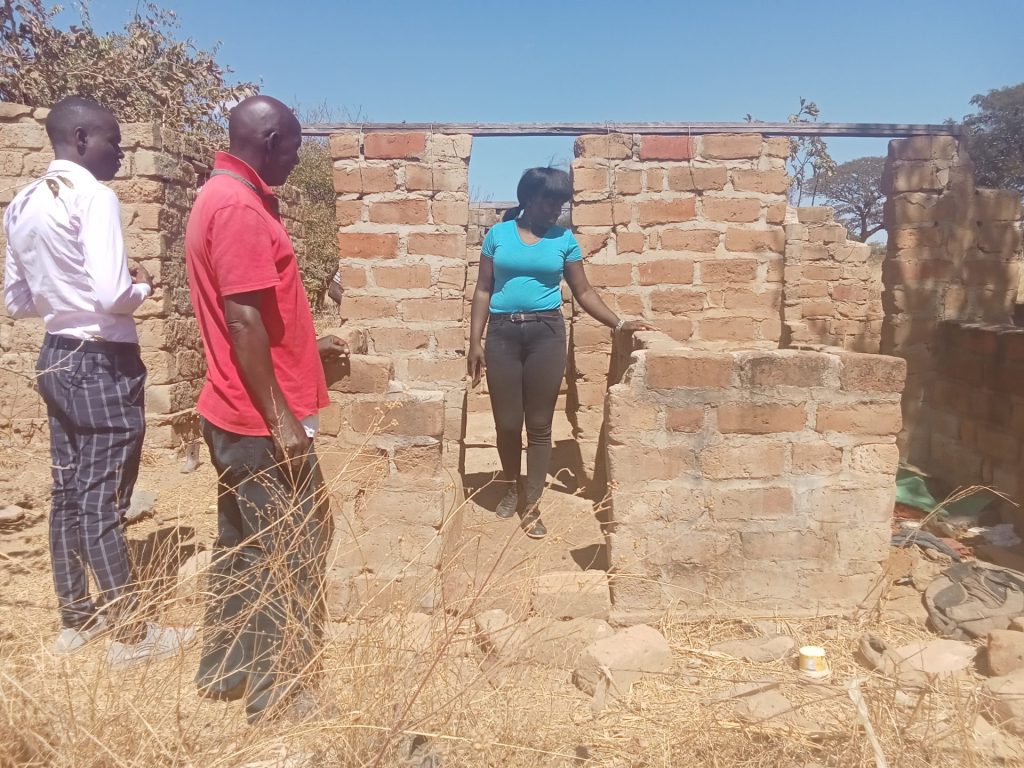
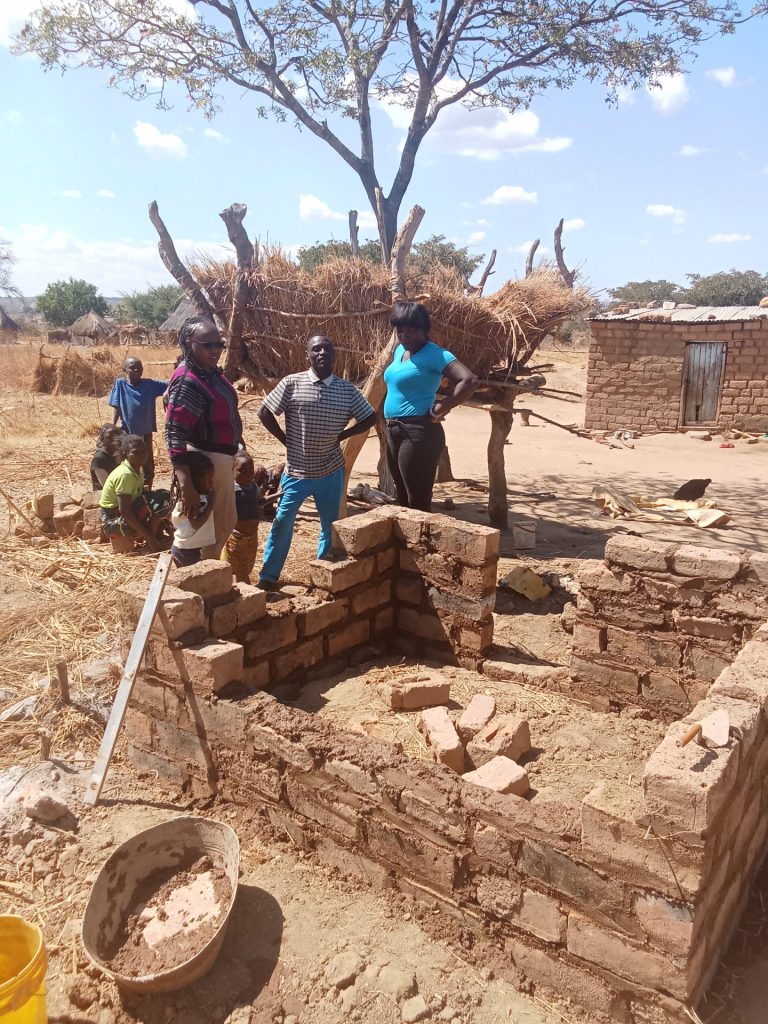
Monitoring of the piggery units that are still under construction by the beneficiaries
The first batch of 20 beneficiaries/pioneers from the mass centers will each receive a gilt/ first pigs.’ After they farrow, these first individual beneficiaries will each supply two (2) weaners to the second cycle of youth. Meaning (40) youth beneficiaries will each receive a weaner. These forty will donate each 2 weaners from their litter to the third cycle of young people. The circle is expected to be repeated for 3 years. It is projected that in 3 years, substantial number of youth within the parish will be earning income through pig farming.
Visit to Chikuni Mission Community Schools
The first day of the visit was to a number of mass centres where Chikuni mission run community schools and income generating projects for the community. The parish noted that the distances between one primary school to another are enormous, so far a part that young children cannot afford to trek tens of kilometers to the nearest primary. As a result, many young children do not attend school.
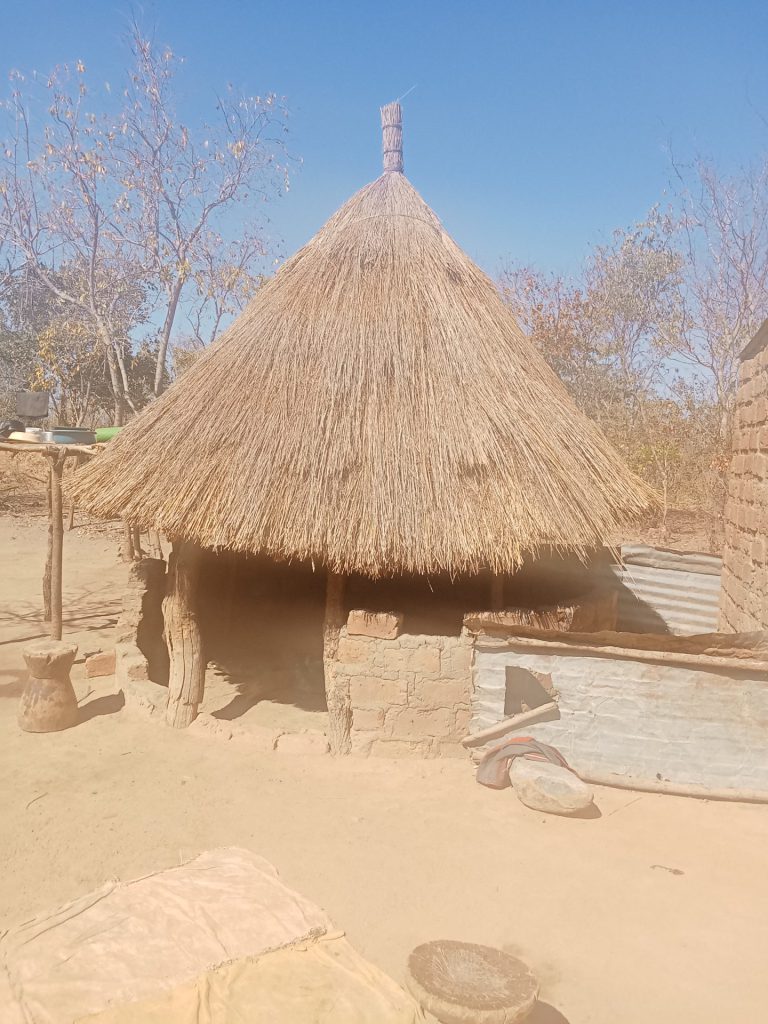
The mission embarked in the work of constructing simple structures where small children attend kindergartens and lower grade level to appoint they can afford to cover the distances to upper primary school. They then get volunteers from the community to teach. These schools bridge the distances, making it possible for young children around the 17 mass centers to access education. The schools have contributed immensely to the high enrollment of children to primary schools.


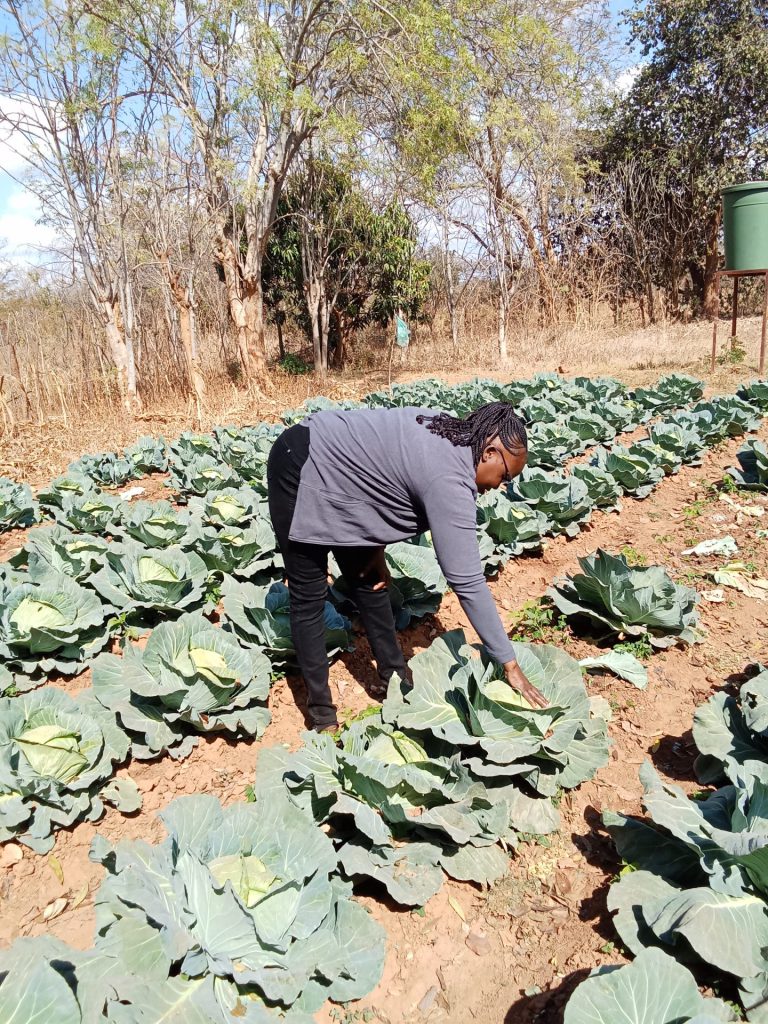
The community around Chikuni Home Based Care Centre are involved in horticulture activities, proceeds from the farm are used by the community members to feed the children.
In addition to construction schools, the mission sinks boreholes to bring access to water closer to the pupils. The community similarly, not only benefit from the proximity of the water. They use the water for horticulture and the produce become a source of income for the families. One of the most impressing practices is the involvement of the community in the evolution and progress of the schools. In the same spirit, community allocates part of the garden produce to feed the children in their various community school, thus keeping the kids in school.
By, Ms. Pascalia Sergon
AJAN Capacity Building Officer


Comments are closed.